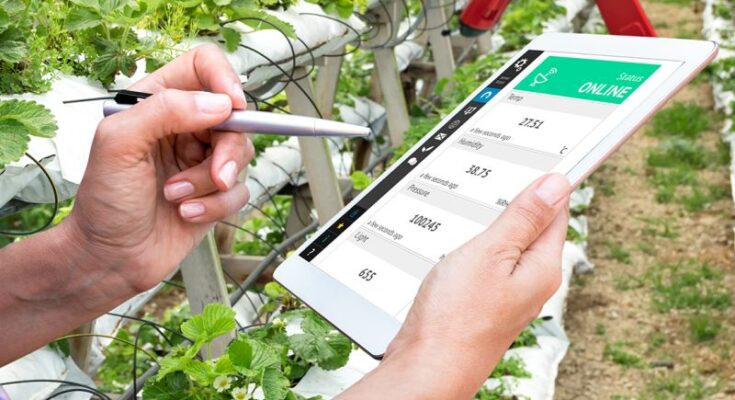The Government of India plans to migrate towards technology-based yield estimation from the conventional Crop Cutting Experiment (CCE) based yield estimation approach. Towards this, few pilot studies have been initiated by taking various government and private agencies onboard. During Kharif 2019, pilot studies were conducted through 12 agencies in 64 districts of 15 states for nine crops envisaging innovative technologies such as high-resolution satellite data (optical and microwave), unmanned aerial vehicle (UAV), advanced multi-parameter crop models, mobile applications for field data collection, artificial intelligence (AI), machine learning (ML), sensor networks, internet of things (IoT), field-based digital photographs, handheld instruments and scientifically designed sampling plans. These approaches were validated in Rabi 2019-20 in 15 blocks of six states.
The pilot studies were scaled up to 100 districts with the help of seven agencies for paddy crop in Kharif – 2020, and for paddy and wheat in the Rabi season of 2020-21 in 100 districts of 13 states. The agencies have submitted the technical reports to Mahalanobis National Crop Forecast Centre (MNCFC).
Further, the expression of interest for yield estimation of non-cereals (other than paddy and wheat) has initiated. Total 20 agencies and organisations (10 government and 10 private) have been identified. The tentative time period for this study is Rabi 2021-22 and Kharif 2022.
You may also like to read: Netafim India launches Flexi Sprinkler Kit for open field crops
Towards assessing accurate crop yield/loss at the insurance unit, the Government has taken an initiative to develop a protocol for crop yield estimation at gram panchayat level by using innovative technologies. For this, various technology agencies (government and private) have been deployed, which have showcased the various yield estimation approaches such as multi-linear regression, machine learning, advanced simulation modelling, light-use efficiency models, Food and Agriculture Organization Evapo-transpiration (FAO-ET) model, Least Absolute Shrinkage and Selection Operator (LASSO), and machine learning that involve advanced analytic tools, like Google Earth Engine, python and internet of things. In this regard, the agencies have submitted the final work report, the applicability and feasibility of which, will be worked out by the technical experts’ committee.
During Kharif 2020, approval of the Directorate General of Civil Aviation (DGCA) has been sought for flying the UAVs in 100 pilot study districts including drone-based imaging in 37 districts for paddy crop.
This information was given in a written reply by the Union Minister of Agriculture and Farmers Welfare, Narendra Singh Tomar in the Lok Sabha today.





